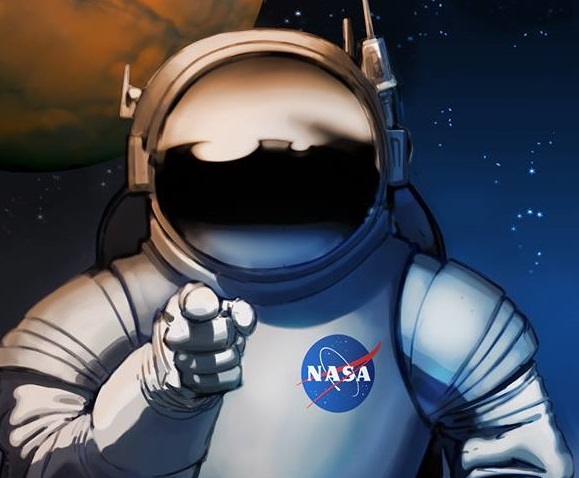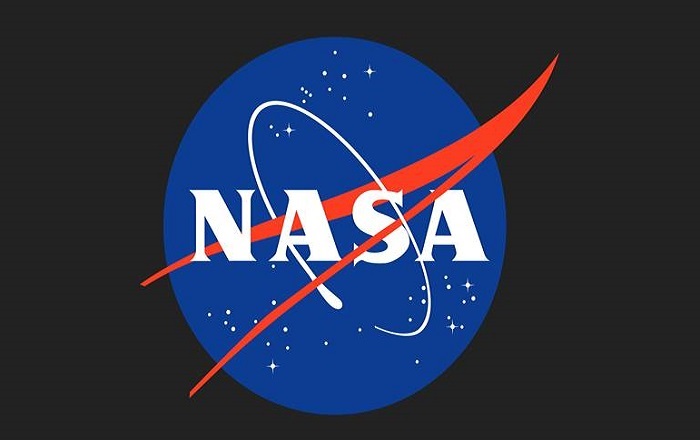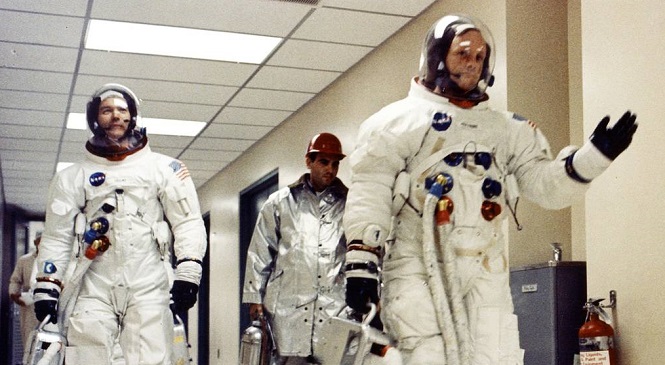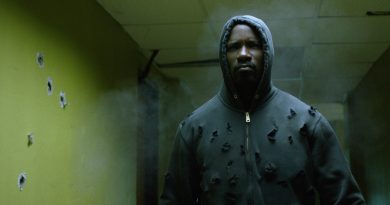FIRST MAN Biopic – The Next Great Space Race Movie?

[Featured Image courtesy www.NASA.gov]
The famous (in cicada circles) Magicicada septendecim cicadas emerge from hibernation every 17 years to fly around, mate, then die. There is a little-known film analogue to these hibernating insects; although the birth-release-dormancy cycle for the “Oscar-Nominated Space Race Biopic” is much less predictable. From a 12 year gap between 1983’s The Right Stuff and 1995’s Apollo 13, 21 years passed between Apollo 13 and 2016’s Hidden Figures. Of course, cicadas don’t have to worry about ending up in Development Hell, and these movies hope to fly on to a longer post-dormancy life filled with multiple awards and big box office.
Related – SciFi4Chicks Podcast Dives Into HIDDEN FIGURES and STEM
Now that cycle may be speeding up a bit – or making up for lost time. Fresh off their Oscar winning collaboration La La Land (2016), director Damien Chazelle and actor/meme phenomenon Ryan Gosling headline the talent attached to the Neil Armstrong biopic First Man, tentatively scheduled for 2018. Oscar wining screenwriter Josh Singer (Best Original Screenplay for 2015’s Spotlight) adapts James R. Hansen’s 2005 biography. Fittingly enough, Universal (in partnership with DreamWorks) is the studio releasing the newest Space Race movie – almost 25 years after Apollo 13.

Casting news for the movie has been coming at a brisk pace. Bryan D’Arcy James was recently announced to play astronaut Joseph A. Walker, joining Gosling as Commander Neil Armstrong and Jon Bernthal (Dave Scott), Pablo Schreiber (Jim Lovell), Kyle Chandler (Deke Slayton), Jason Clarke (Lunar Module Commander Edwin E. “Buzz” Aldrin Jr.). Mirroring a bit of the fate of his real-world inspiration, there’s no word yet on who’ll play the third member of the Apollo 11 crew, “forgotten astronaut” Michael Collins.
Like The Right Stuff and Apollo 13, First Man returns to the era most adaptable for the big screen – the beginning of the Space Age. First Man will occupy a middle ground in the chronology. The beginning of the Space Race – from the test pilot era of the 1940’s and 50’s to the 1958-1963 Project Mercury era had their big screen moments in The Right Stuff and Hidden Figures. First Man will cover the 1961-1969 Apollo missions culminating the the Moon Landing. At least for now, 1995’s Apollo 13 rounds out the series of Space Race movies.

But once the thrilling, dangerous, and heroic stories are told, what’s left? There’s probably not going to be a Oscar-bait biopic covering stories covering the later eras of the Space Age, when the process is not one of uncertain beginnings, but missions that are routine, highly technical, and less overtly interesting (or easily translated to a two hour movie). The Spacelab Story? The Space Shuttle Saga? The Continuing Adventures of the International Space Station? All are vital real-life events. All gain huge amounts of data and knowledge, but without the thrill of a dangerous undertaking with an uncertain outcome while in direct competition with an existential rival (the Soviet Union).
Movies exist on conflict; even a documentary depicting everyone working together and getting along great would be boring. Exaggeration/compression/bending of real people, places, and events is a given. The writers of the source material accept this. As Mary Shetterly noted regarding the adaptation of her book Hidden Figures to the screen, “For better or for worse, there is history, there is the book and then there’s the movie … Timelines had to be conflated and [there were] composite characters, and for most people [who have seen the movie] have already taken that as the literal fact.”

Those who lived the history realize this also. John Glenn noted in a 1996 interview,
“I thought Tom Wolfe’s book was pretty good. Once Hollywood got hold of it, they hammed it up, started inventing things. The movie made caricatures of everybody involved — expanded on whatever their normal traits were — and made a charade of the whole thing. Back at that time, it was very serious business. As far as entertainment, The Right Stuff is a good movie. As far as a documentary of the early space days, which they purported it to be, it is not at all. The best space movie in my view is Apollo 13. That’s just the way it happened.”
NASA’s chief historian Bill Barry remarked to Space.com, “From an atmospherics perspective, I enjoyed The Right Stuff … from a history perspective, it is cringe worthy.” Since The Right Stuff is the work of Tom Wolfe, inventor of the New Journalism, this isn’t surprising. Wolfe keeps the facts intact, but presents them in the drama-filled New Journalism style. The movie can’t say the same.
Barry’s quote also provides a good guideline general audiences and sci-fi geeks tend to forget when watching the history on screen. It would make a great before the credits Public Service Announcement. “Now That You’ve Seen the Movie, Read the Real Story! (Or At Least Google It)”
*There is a great presentation by author James R. Hansen regarding First Man available, courtesy of Sydney Space Net. Check it out!
![]()



